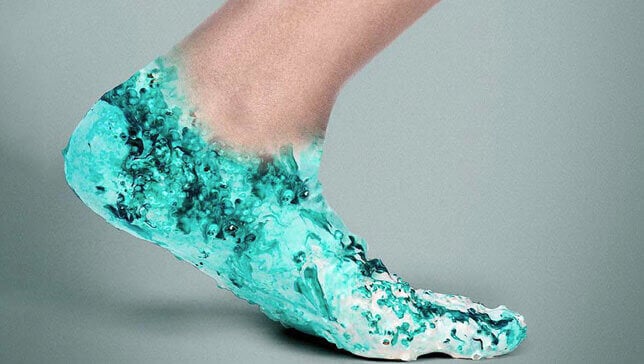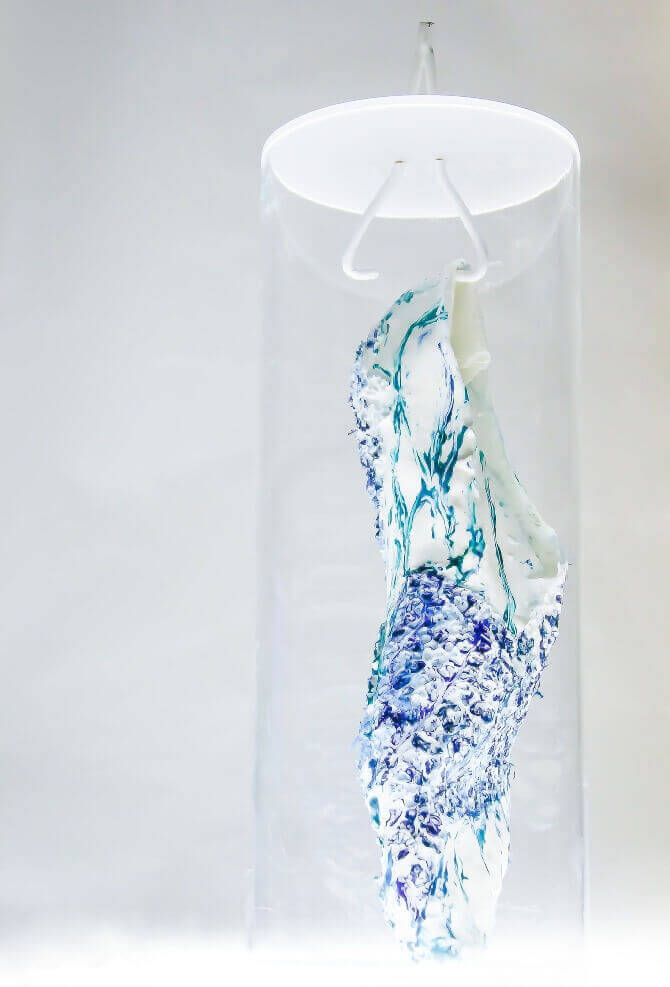
4D Printing: Smart Materials Change Shape and Repair Themselves
Read on if you want to know the difference between 3D and 4D printing and the new smart materials.
So you just wrapped your head around 3D printing and it’s possibilities. And now here comes 4D printing. We can’t ignore the fact that it is already on it’s way. While 3D printing enables us to make anything, 4D printing is more like making things are making themselves.
There’s no fixed definition of what 4D printing is and what it’s technicalities are. 4D printing usually means that smart materials and components are involved. These smart materials are able to self-assemble themselves to pre-programmed arrangements. In example: Add energy to a 3D printed form and it changes. Submerged your print into water and it‘s shape shifts.
Programmable, self-assembling, smart materials
Here’s a short video of what 4D printing is capable of. It was published by the “Self-Assembly Lab” at MIT. Stretching fabric onto frames is a complex task that requires mechanical skills. In the video, a 3D printer applies varied layers onto a pre-stretched fabric. The structures transform themselves into pre-programmed shapes, once the printed frame is cut out. So the material is programmed to behave a certain way when triggered. Triggers can be anything, like a change in humidity, temperature or even light.
This process was developed as a collaboration between the Self-Assembly Lab, Stratasys and Autodesk. Their goal is to create smart materials, which you can 3D print. It adds the dimension of time to a material, allowing movement and shape-shifting. If you want to dive in deeper, there’s a great TED talk about 4D printing by Self-Assembly Lab director Skylar Tibbits.
Protocells create ”living” smart materials

The Protocells trainer – still more an idea than an actual product – is another great example. This 3D printed shoe uses biotechnology to provide the best possible support and cushion effect for the wearer. It is a shoe that will be 3D printed to fit the foot like a second skin. It could even repair itself, if you take care if it like you just would for a plant. If the fabric is ripped, you just had to make sure the protocells grow together again, i.e. by applying nutritional gels.
Its creator Shamees Aden says: “The cells have the capability to inflate and deflate and to respond to pressure. As you’re running on different grounds and textures it’s able to inflate or deflate depending on the pressure you put onto it and could help support you as a runner.”
Shamees Aden developed the Protocells trainer in collaboration with Dr Martin Hanczyc, who specialises in protocell technology. Protocells can be imagined like molecules which may have been the precursor of the first living organisms.
The possibilities of these materials based on Protocells are limitless. Structures aren’t fixed anymore. Static objects may become dynamic. Objects can act and adapt depending on the circumstances.
4D printing is just beginning

Okay… guess when the projects mentioned before were announced to the public? 2013 and 2014.
Now, two years later, there seem to be some breakthroughs. Researchers at the University of Wollongong, Australia have created a 3D printable hydrogel that is able to change shape in response to the water temperature. It can be used for automatic water valves or adapting tubes.
In June 2015, MarketsandMarkets published their market research report focused on 4D printing technology. It is expected that we will see commercial applications around 2019, with the largest part of the market reserved by programmable carbon fibers. The expected market volume for 2019 doesn’t sound amazing, the analysts expect just $63 million. But with their projected growth, the 4D printing sector will be worth $555.6 million by 2025.
We are just beginning to learn the long term, long tail impact of 3D printing. And now there´s a new technology around the corner with even more possibilities. Do you feel puzzled? Maybe this video will comfort you a bit. Maybe you have done this yourself as a kid. You cut a paper flower and fold in the petals. You let the paper flower swim on water and over time, the petals open up, the flower seems to bloom. The effect is explained quickly: Soaked wood fibres which the paper consists of get soaked in water. They expand, et voila.
With this in mind, the effect featured here doesn’t look too unbelievable, right?
License: The text of "4D Printing: Smart Materials Change Shape and Repair Themselves" by All3DP is licensed under a Creative Commons Attribution 4.0 International License.
